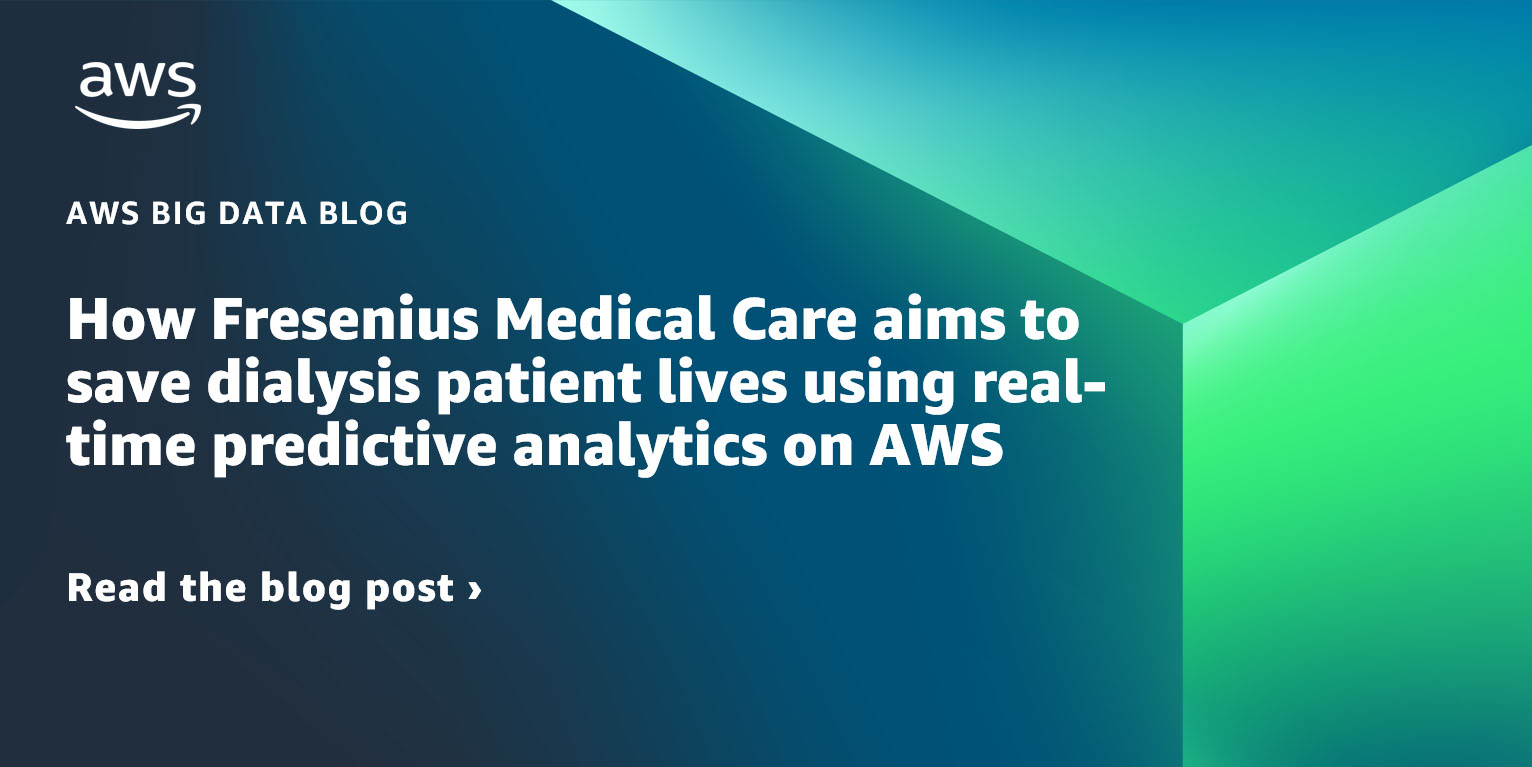AWS Big Data Blog
Easy analytics and cost-optimization with Amazon Redshift Serverless
Amazon Redshift Serverless makes it easy to run and scale analytics in seconds without the need to setup and manage data warehouse clusters. With Redshift Serverless, users such as data analysts, developers, business professionals, and data scientists can get insights from data by simply loading and querying data in the data warehouse. With Redshift Serverless, […]
Convert Oracle XML BLOB data using Amazon EMR and load to Amazon Redshift
In legacy relational database management systems, data is stored in several complex data types, such XML, JSON, BLOB, or CLOB. This data might contain valuable information that is often difficult to transform into insights, so you might be looking for ways to load and use this data in a modern cloud data warehouse such as […]
Enable federation to Amazon QuickSight accounts with Ping One
Amazon QuickSight is a scalable, serverless, embeddable, machine learning (ML)-powered business intelligence (BI) service built for the cloud that supports identity federation in both Standard and Enterprise editions. Organizations are working towards centralizing their identity and access strategy across all of their applications, including on-premises, third-party, and applications on AWS. Many organizations use Ping One […]
Top Amazon QuickSight features launched in Q2 2022
Amazon QuickSight is a serverless, cloud-based business intelligence (BI) service that brings data insights to your teams and end-users through machine learning (ML)-powered dashboards and data visualizations, which can be accessed via QuickSight or embedded in apps and portals that your users access. This post shares the top QuickSight features and updates launched in Q2 […]
Set up and monitor AWS Glue crawlers using the enhanced AWS Glue UI and crawler history
A data lake is a centralized, curated, and secured repository that stores all your data, both in its original form and prepared for analysis. Setting up and managing data lakes today involves a lot of manual, complicated, and time-consuming tasks. AWS Glue and AWS Lake Formation make it easy to build, secure, and manage data […]
Visualize Amazon S3 data using Amazon Athena and Amazon Managed Grafana
Grafana is a popular open-source analytics platform that you can employ to create, explore, and share your data through flexible dashboards. Its use cases include application and IoT device monitoring, and visualization of operational and business data, among others. You can create your dashboard with your own datasets or publicly available datasets related to your […]
New Powered by QuickSight program helps AWS partners embed interactive analytics in applications to enable data-driven experiences
Applications today generate enormous amounts of data. This provides an incredible opportunity for independent software vendors (ISVs) to deliver business intelligence (BI) offerings as a part of their application, providing visuals, dashboards, and self-service capabilities to customers. These insights are crucial for data-driven decision-making for end-users of these apps, especially if surfaced in the moments […]
How Fresenius Medical Care aims to save dialysis patient lives using real-time predictive analytics on AWS
August 30, 2023: Amazon Kinesis Data Analytics has been renamed to Amazon Managed Service for Apache Flink. Read the announcement in the AWS News Blog and learn more. This post is co-written by Kanti Singh, Director of Data & Analytics at Fresenius Medical Care. Fresenius Medical Care is the world’s leading provider of kidney care […]
Removing complexity to improve business performance: How Bridgewater Associates built a scalable, secure, Spark-based research service on AWS
This is a guest post co-written by Sergei Dubinin, Oleksandr Ierenkov, Illia Popov and Joel Thompson, from Bridgewater. Bridgewater’s core mission is to understand how the world works by analyzing the drivers of markets and turning that understanding into high-quality portfolios and investment advice for our clients. Within Bridgewater Technology, we strive to make our […]
Reduce network traffic costs of your Amazon MSK consumers with rack awareness
Amazon Managed Streaming for Apache Kafka (Amazon MSK) runs Apache Kafka clusters for you in the cloud. Although using cloud services means you don’t have to manage racks of servers any more, we take advantage of rack aware features in Apache Kafka to spread risk across AWS Availability Zones and increase availability of Amazon MSK […]









